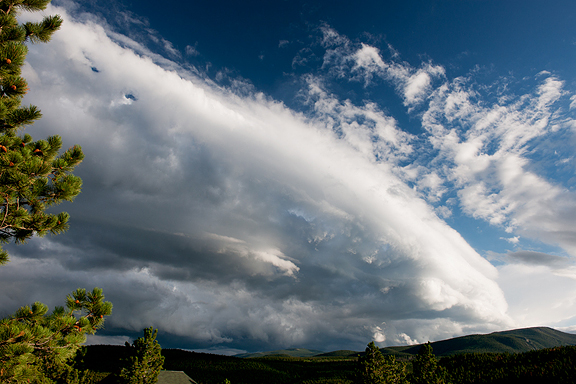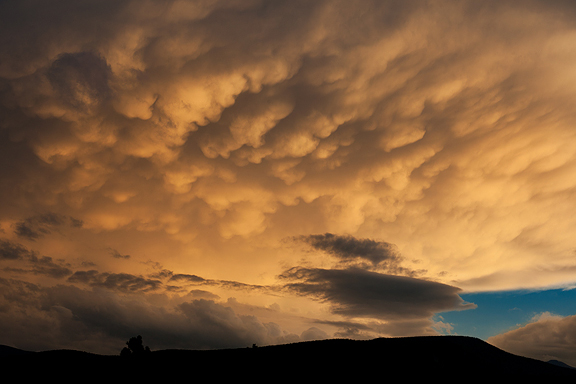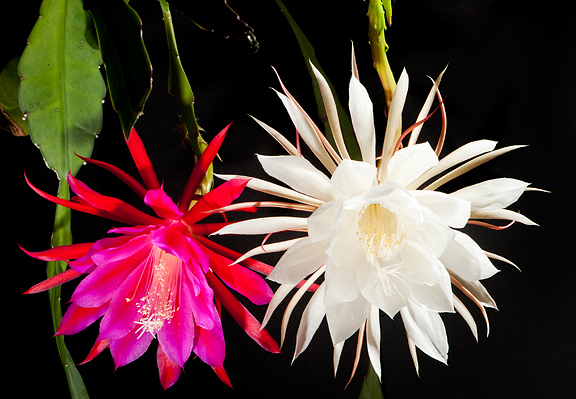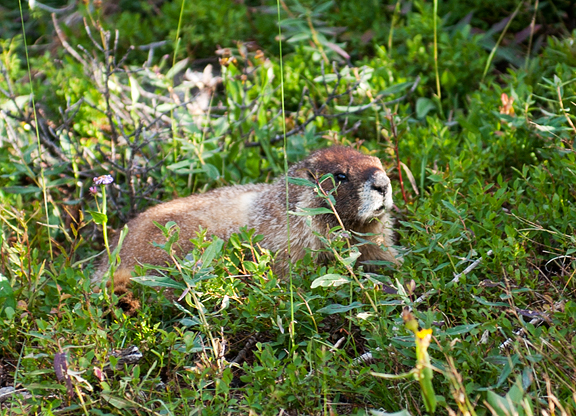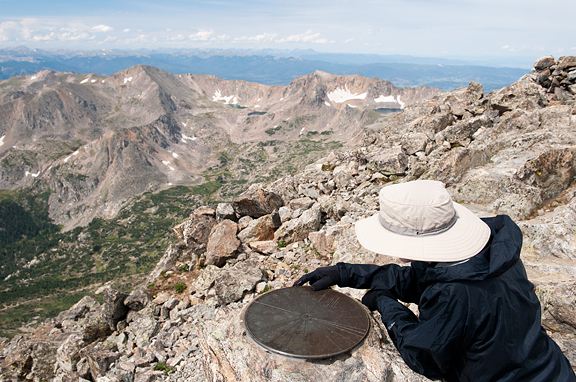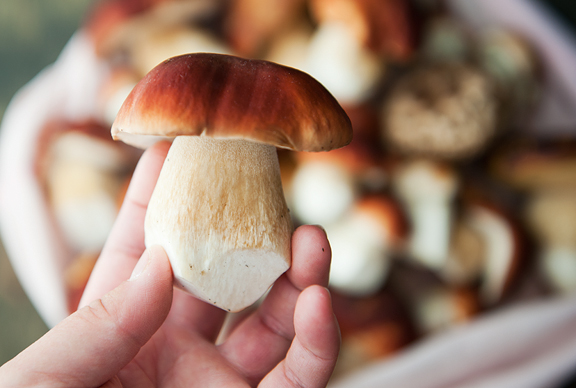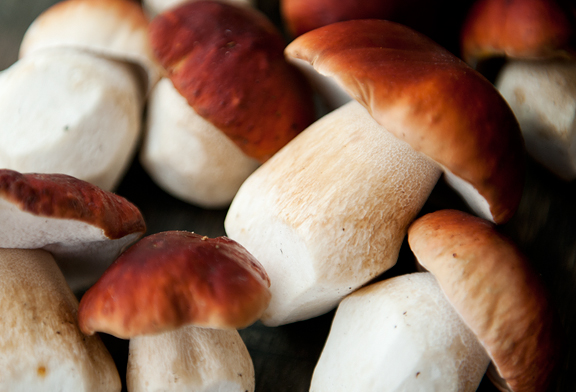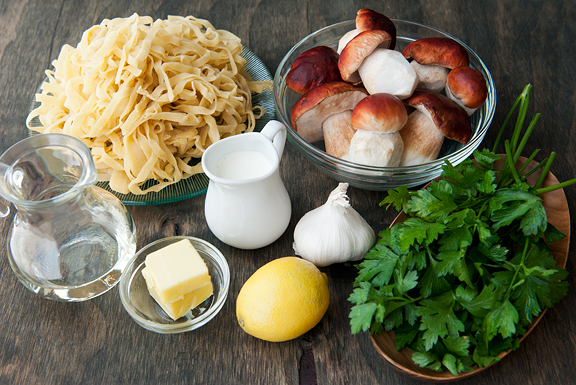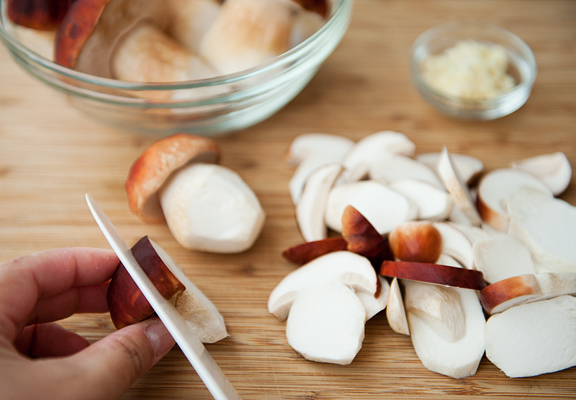cool as a cucumber
Tuesday, August 14th, 2012 Recipe: cucumber spritzer
Recipe: cucumber spritzer
Did any of you stay up to watch the Perseids meteor shower over the weekend? It’s one of my favorite meteor showers each year because it isn’t freezing cold out, there is usually a good show, and the winds are typically gentle in summer. The first night we had clouds overhead that miraculously cleared out by 1 am, so Jeremy and I slept out on our deck while I had the camera running until astronomical twilight around 5 am. I saw several dozens of meteors streaking across the sky despite dozing off for ten minutes here and ten minutes there (Jeremy pretty much slept through the entire thing). The next night, we put two IKEA poang chairs outside on the deck and wrapped ourselves up in flannel quilts and fleece blankets. I’m less likely to fall asleep if I’m not horizontal, but there were considerably fewer meteors. I was still able to see a couple dozen, although the clouds really moved in by 2 am.
perseid and the milky way
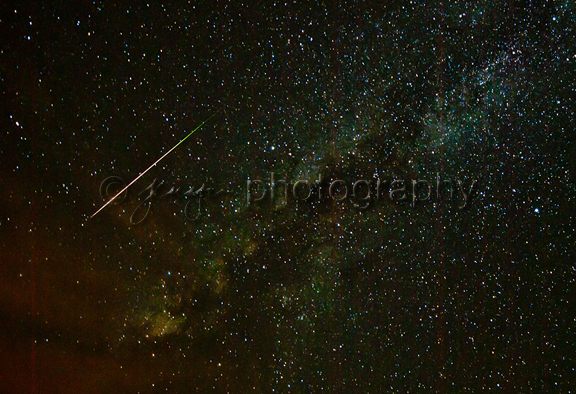
another one
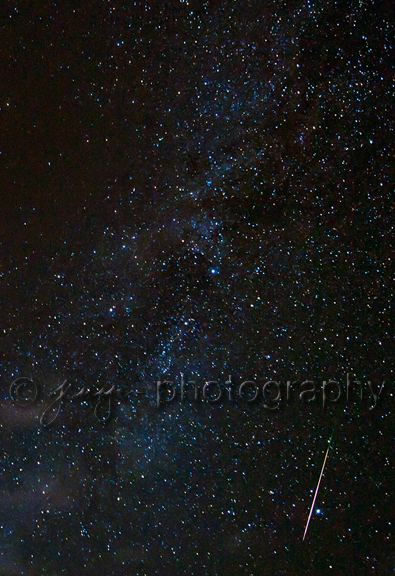
long exposure of my camera taking a 30-minute exposure
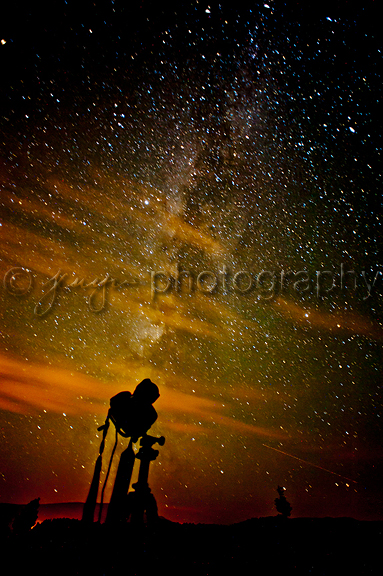
the milky way (red glow is my town’s center)

star trails (orange glow is clouds, white blur is milky way)
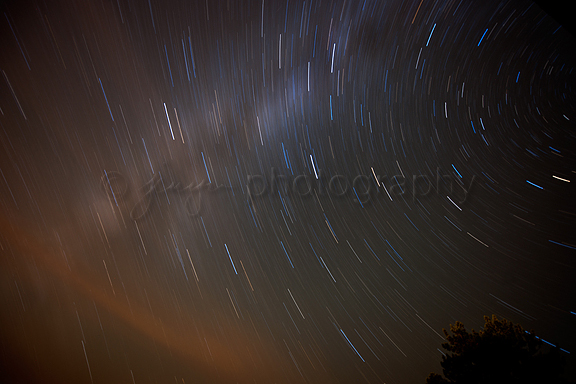
Ahh, sleep-deprivation in summer. It is de rigueur for our summers because of things like the Perseids meteor shower or more likely waking early to beat the sun or thunderstorms on the mountains. There aren’t that many hikes left in our local area that we haven’t done, but the High Lonesome loop was one of them. There were about 5 of the 16.5 miles we hadn’t done before, so it was time. We typically prefer to do the longer hikes in the fall when it cools down and the grasses of the high country turn brilliant golds, rusts, and reds. Except fall is a ridiculously busy time for me and the hike invariably gets shelved. I’m glad we did this one in summer, because it was just so beautiful.
jeremy at the high point
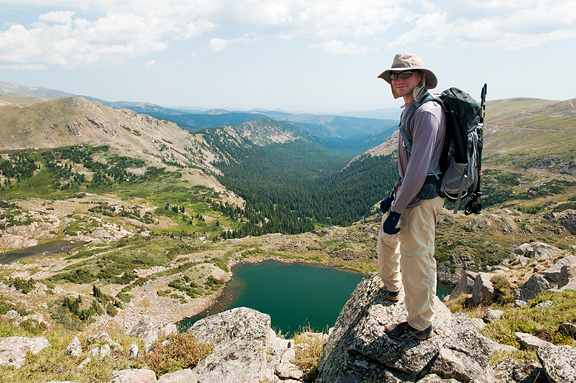
Hiking is always a great way to work up an appetite. What better excuse to meet up with friends for dinner in town? My pal, Ellen of the famed and addictive Helliemae’s Salt Caramels, and her mister joined me and Jeremy for a lovely evening at Frasca last week. It is hands-down my favorite spendy place in Boulder. The food was fantastic, the service impeccable, and the company – perfect.
chris and ellen get the low down on the menu
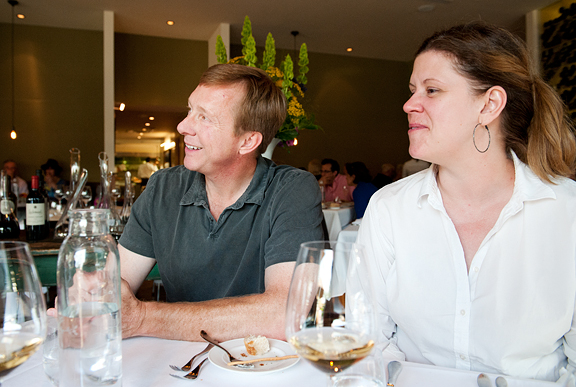
primi: lasagna (fried eggplant, smoked mozzarella, tomato passato)
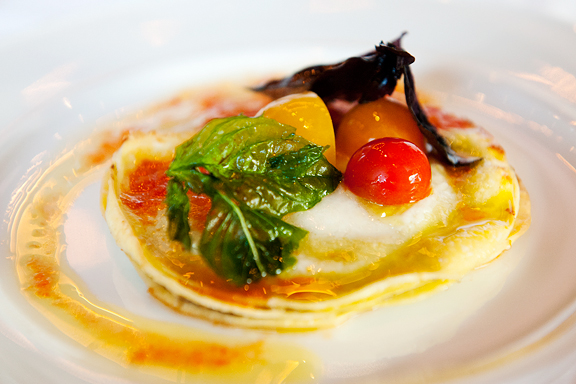
So, I’m a bit of a teetotaler. It’s partly because I’m the designated driver and partly because I can’t hold my liquor for squat. I’m okay with that. I usually order an iced tea for the caffeine boost (remember, sleep-deprived all summer long). While Ellen and Chris were fighting traffic to get to the restaurant, Jeremy and I perused the wine list and happened to glance at the cocktails in the back. And there were non-alcoholic cocktails that were about as fancy as any cocktails! I ordered the cucumber-ish cocktail, because cucumber is the perfect quencher for me on a hot day (and it was a hot day spent foraging). Utterly delightful. And you know I had to make this at home.
cukes, lime, mint, sugar

Funny thing is, that morning I was foraging with my pal, Wendy, and we discussed cucumber simple syrup. So the seed was already planted. I had everything I needed at home. These are easy ingredients to get your hands on and I imagine there are many people getting crushed under the weight of their cucumber harvests. To those people I say, “I am jealous.”
make a simple syrup

shred or chop the cucumber

add the cucumber to the hot syrup and steep

**Jump for more butter**





 Technique: shooting lightning
Technique: shooting lightning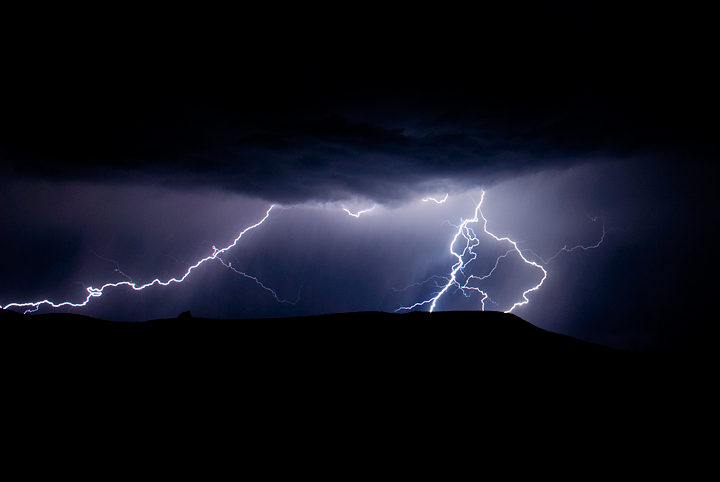
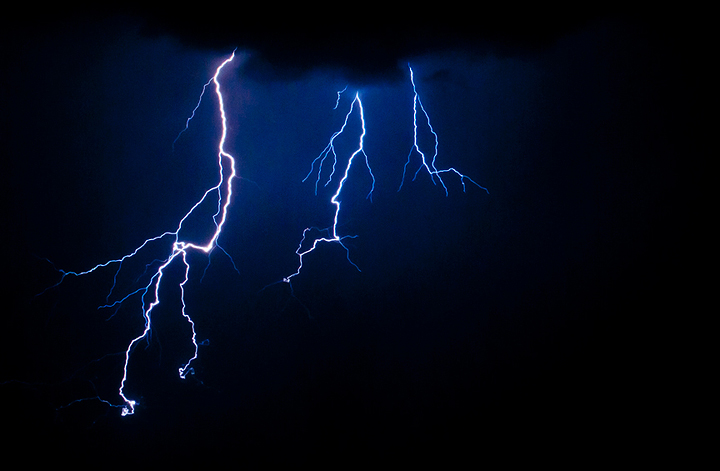
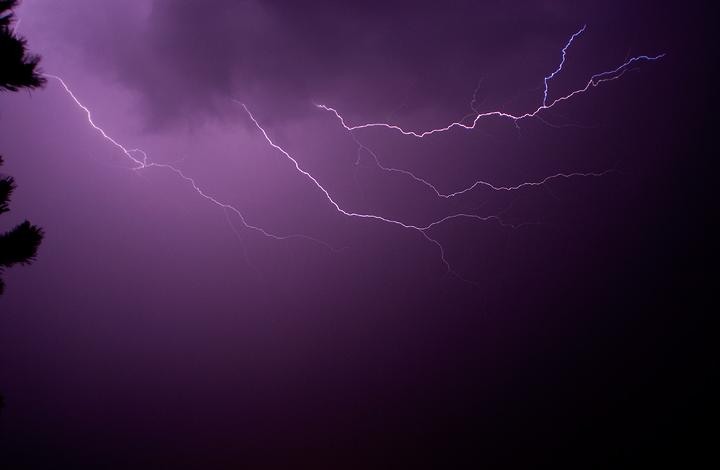

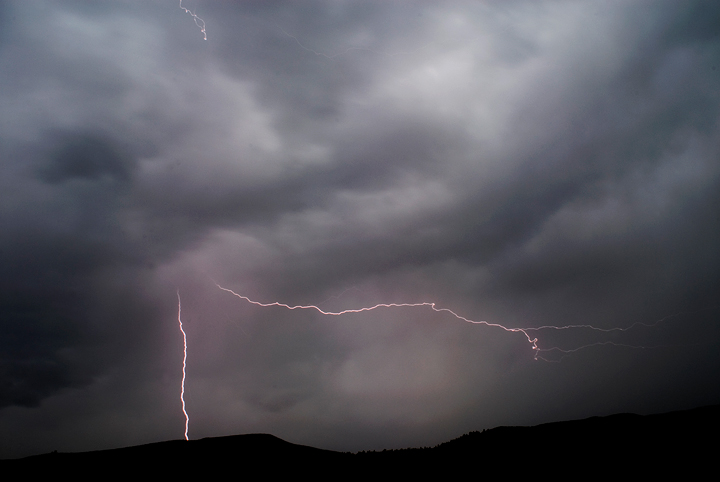
 Recipe: fresh porcini mushroom pasta
Recipe: fresh porcini mushroom pasta